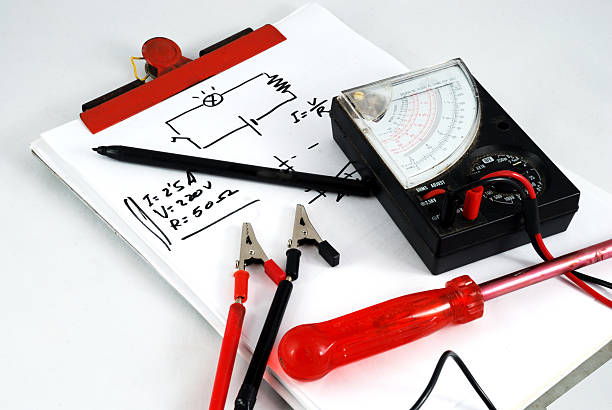8 Amazing Facts About Section 20.2 Electric Current and Ohm's Law
October 20, 2021I remember when section 20.2 was passed, I was going to write about the importance of this law in our country. I was going to explain how it's used and how it can help you protect your home from electrocution and other dangerous situations.
Amazing Facts About Section 20.2 Electric Current and Ohm's Law
Section 20.2 is one of the most important laws in the United States. As it is in effect a “general” law, it has a myriad of specific provisions. For example, one of its most important provisions is that all electrical devices must have the current turned on. Another is that if it's in an attic or crawlspace, it must be connected to a ground rod.
In order to be in compliance with this law, your electrical device must be connected to a ground rod. Another law in effect for these devices is that they must not be on an extension cord. Another is that you must not be using a power tool to operate your device. In other words, if it's in your house, it must be on a grounded conductor or a grounded extension cord.
This is true for both high and low-voltage devices.
In case you were wondering, ground rods can also be grounded to your earth but they are not required to be grounded.
The law for high voltage devices is a little easier to explain than it is for low voltage. To connect a device to a grounding rod, you will need to plug it into a neutral or grounded earth. The only exception is if the device has a power plug, then you can connect it directly to the high voltage side of the grounding rod. Otherwise, you can plug the device into a neutral or grounded earth.
This is where Ohm's Law comes in.
The law states that the voltage across a two-terminal system that is connected to two terminals where a constant voltage is applied is equal to the current flowing through the system. In other words, if you were to connect two devices to earth and put a constant voltage across them, the voltage across the two devices would be the same.
So the two devices connected to each other will have the same voltage (a constant voltage) if they are connected to the earth. However, the voltage across the devices will not be the same. If you connect the devices to grounded earth or neutral, the voltage across the devices will be the same, but the current through them will be different.
This is called Ohm's law.
It is a fundamental law in electrical engineering that is still frequently used in power lines and power distribution. In other words, if you connect two devices to earth and then apply a constant voltage across them, the voltage across the two devices will be the same. However, the voltage across the two devices will not be the same.
Ohms law is also known as the “constant current” law which means that the current through the two devices will be the same, but the voltage across them will be different. How? This is because when you apply a constant current, the voltage across all of the devices will be the same. However, when you apply a constant voltage, the voltage across some of the devices will be different.
This law can be explained in terms of the capacitors and resistors in your circuit. When you apply a constant current to a circuit, the voltage across all of the capacitors and resistors is the same. However, the current through some of the capacitors and resistors will be different.






0 comments